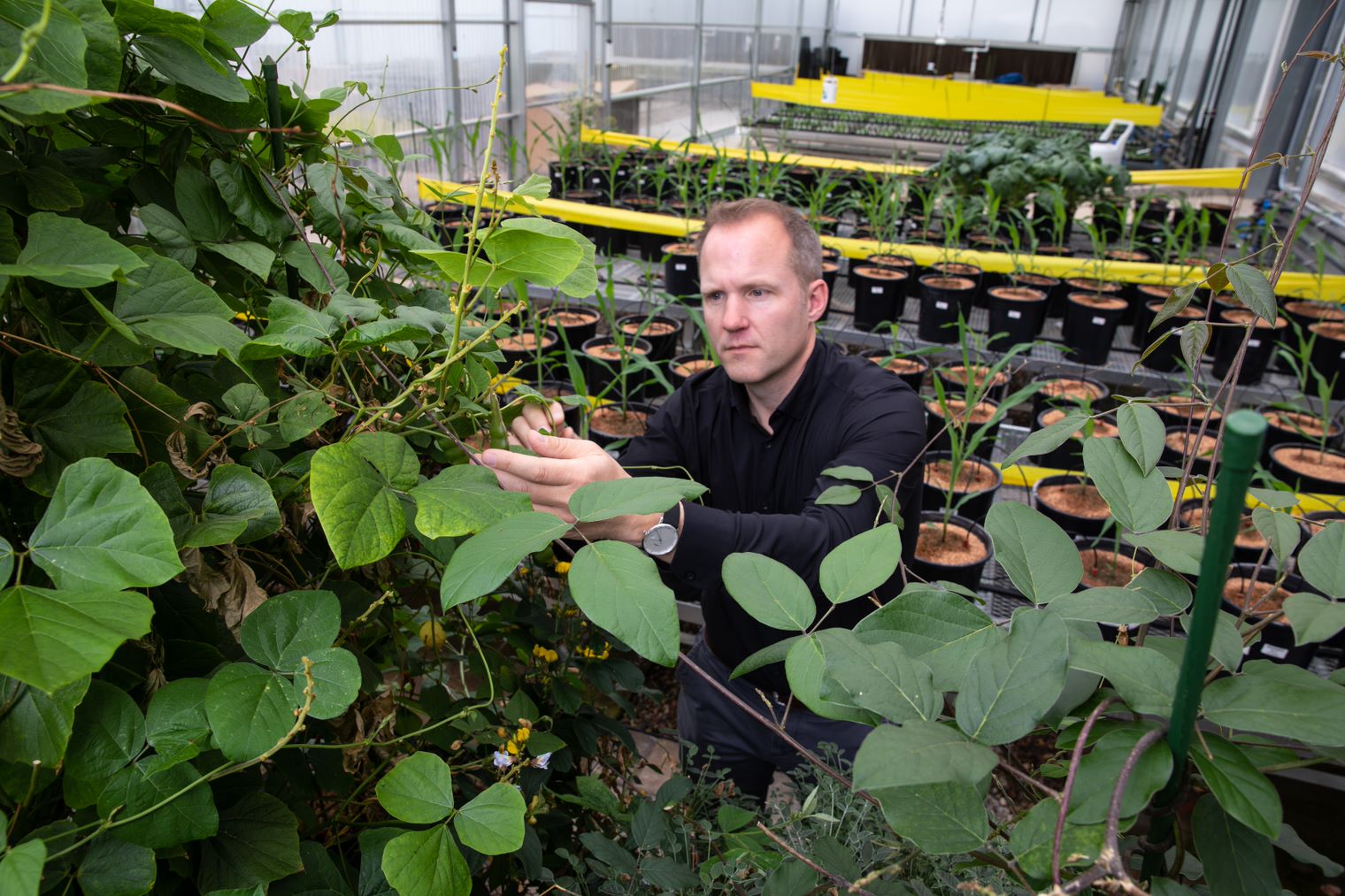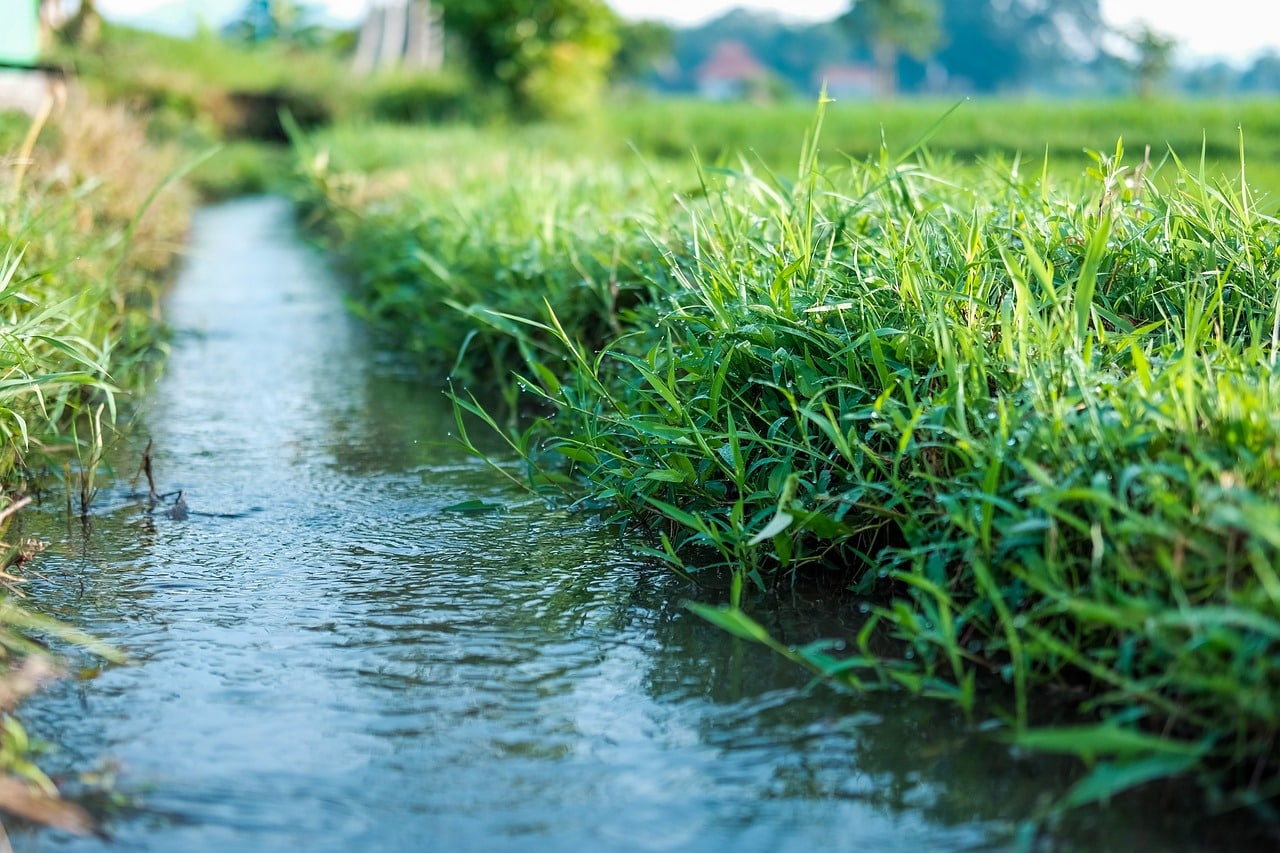A University of Queensland scientist has developed a new method to help grain growers become more resilient to expected changes in climate.
Researcher Cecile Richard’s technique improves root systems, allowing grain crops such as wheat to better adapt to drought conditions — an important challenge for future crop production.
The method uses a system of inexpensive clear-plastic pots, which allows scientists to see through the pot wall and view the below-ground part of the plant.
Scientists at the university’s Queensland Alliance for Agriculture and Food Innovation are studying wheat because it is one of the world’s most widely grown cereals.
Roots allow plants to access water stored in the soil and are crucial for reliable crop production.
Richard says the new method allowed scientists to combine favorable root characteristics in new wheat varieties that could improve the plant’s access to water, resulting in better yield stability and productivity under drought conditions.
“The roots are growing around the wall of the clear pot and it’s possible to measure different characteristics such as the angle and number of roots, based on images captured at 10 days after sowing,” she explains. “These characteristics reflect the root growth pattern displayed by wheat in the field, which is important for the plant to access water.”
Previous techniques used for measuring roots had been time consuming and expensive, Richard adds.
Her technique was recently published in the open-access journal Plant Methods and could be one of the tools to help boost global wheat production. The technique is anticipated to speed up selective breeding for drought-tolerant wheat strains.
“We hope to use the clear-pot technique to rapidly discover the genes responsible for these important root characteristics,” she says.












